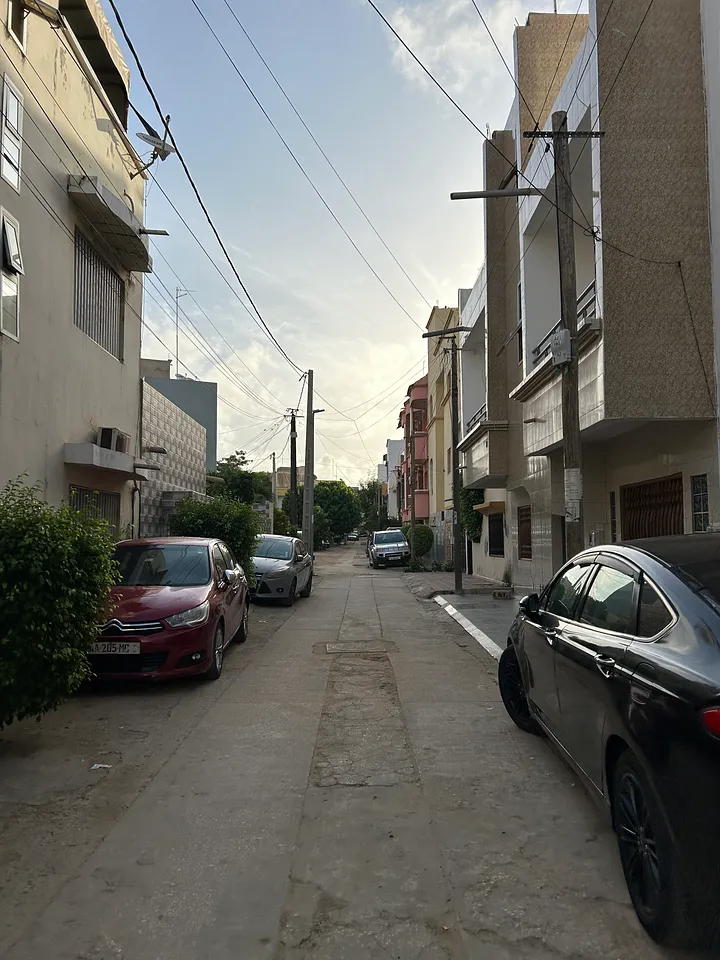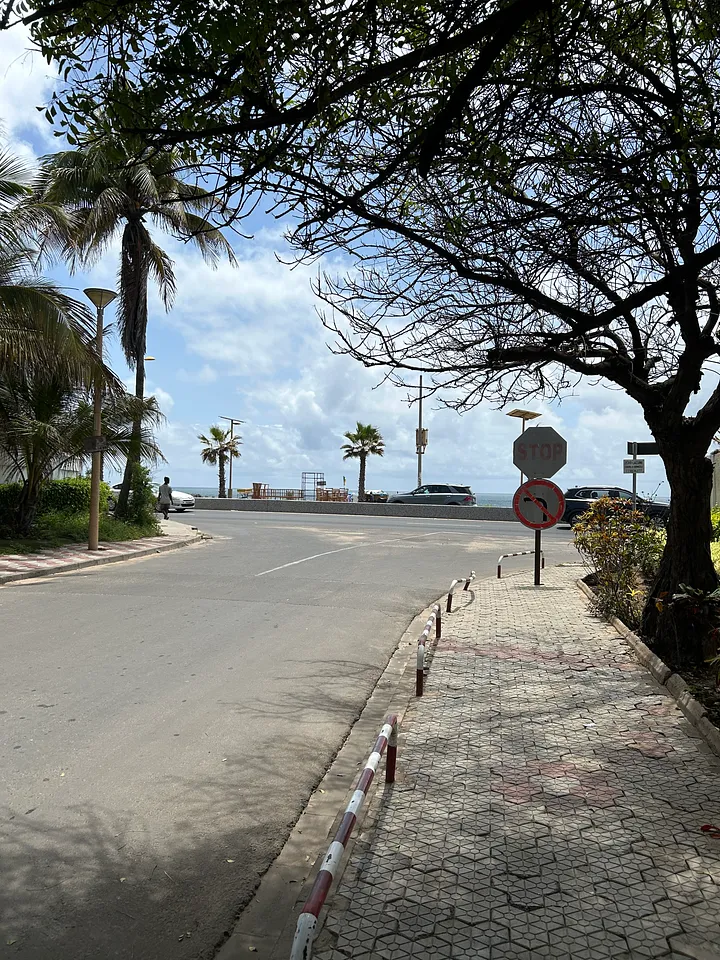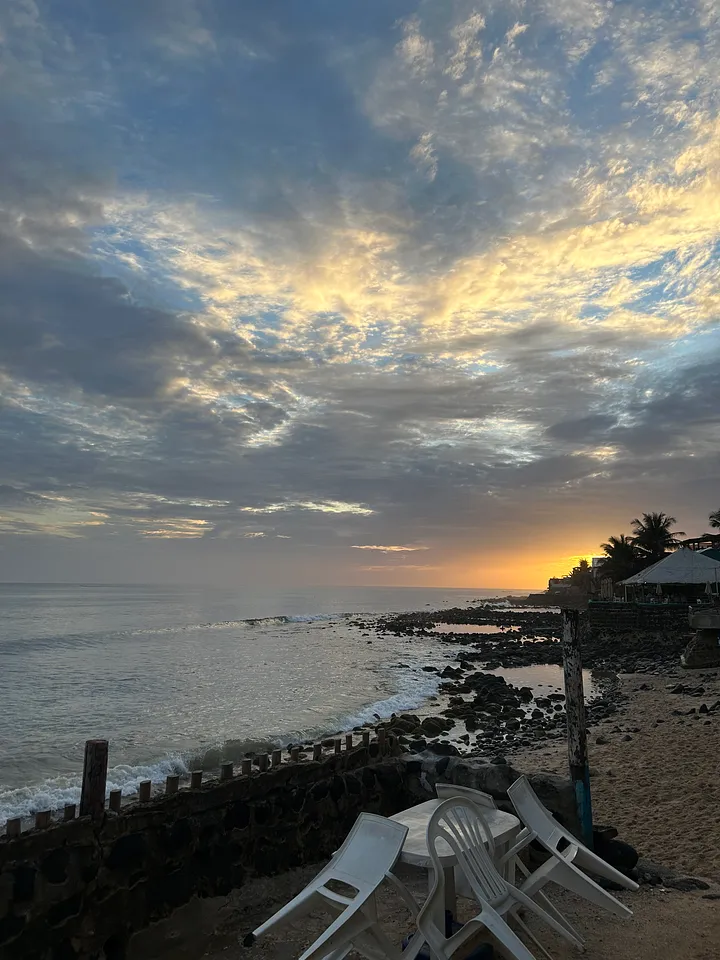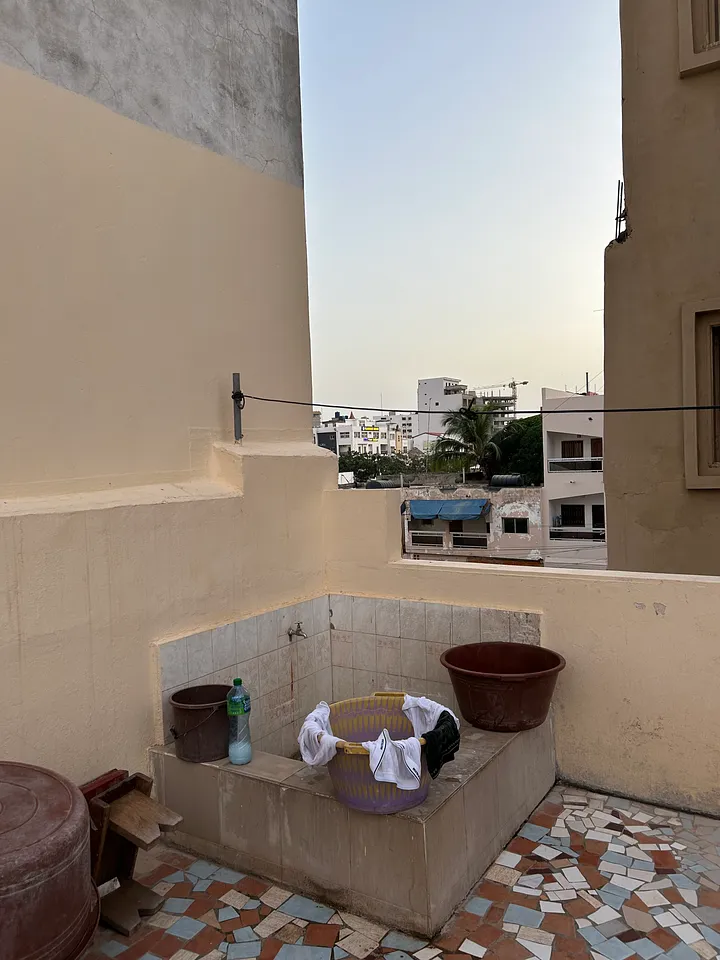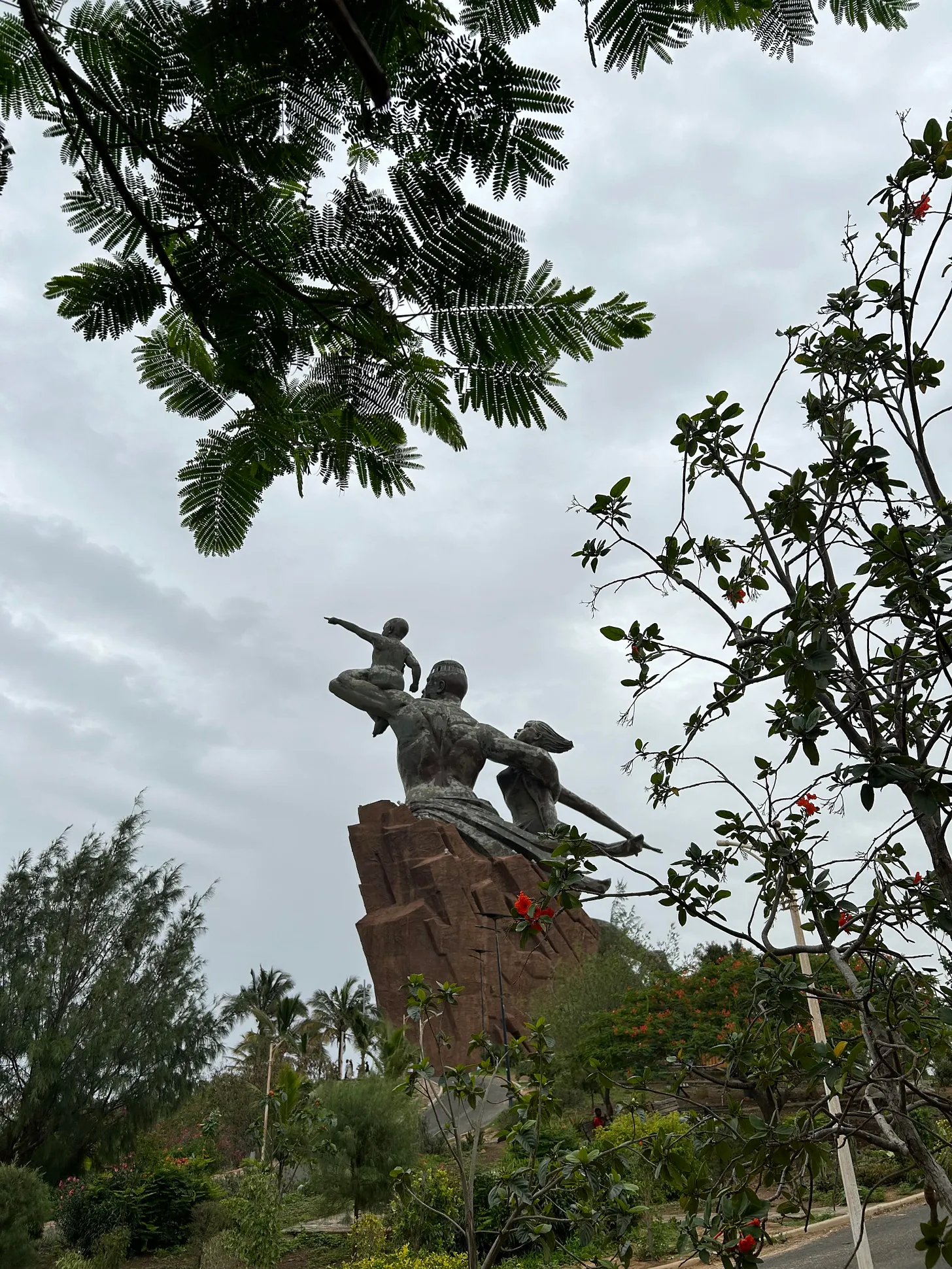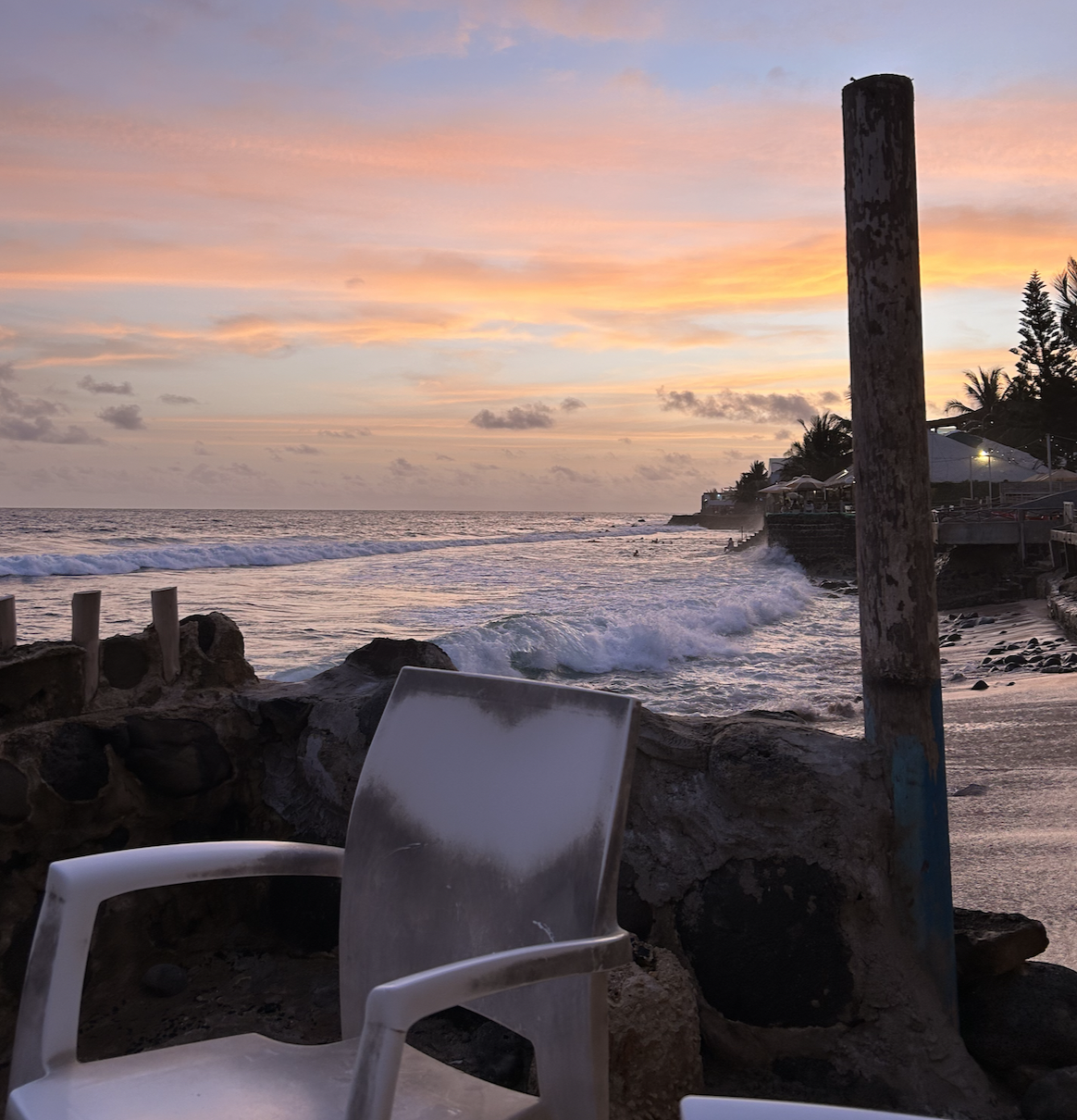
Life in the Big City
When I headed up to Washington, D.C., about two years ago to start my freshman year at Georgetown, I confidently told friends and family that I was moving to a real city. Having visited D.C. before, I knew it would be a bit different from New York or London, but still, Washington’s extensive metro system, two airports, and collection of monuments and museums were far more city-like than anything I’d encountered before. Now, I’m not trying to say that Washington isn’t a city (especially since I think it’s one of the best), but since coming to Dakar I’ve been in awe just how massive and expansive it is in comparison.
Known as a world city — or, according to Wikipedia, “a primary node in the global economic network” — Dakar is a hub for business professionals, diplomats, and travelers coming from and heading to places all over West Africa. In a region where military coup d’états and widespread violence are unfortunately becoming more and more common, Dakar is like an island of stability in a sea of increasing chaos. If you look at a map of West Africa, you’ll notice that every national capital — from Rabat in Morocco down to Cotonou in Benin — is situated beside the water.
That is no coincidence, and can generally be traced back to the French colonial presence; open-water ports made facilitating trade, primarily that of slaves, much easier. In Senegal, for example, the present-day location of Dakar was largely uninhabited until the colonial expansion during the 1800s. It was at this point that the French first developed Gorée Island and St. Louis (both coastal ports) as political and economic centers before turning to the untapped potential of the Cap-Vert peninsula, where Dakar is located.
Closing the history books for now, the urban landscape of Dakar is like that of most major cities — a mix between upscale neighborhoods, tourist and business districts, and middle-class residential areas. Since you can get pretty much anywhere in the city in a private taxi for under $5 USD, we’ve been able to see a good amount of what Dakar has to offer. Here are a few of the neighborhoods that we tend to frequent:
Sacré Cœur-Mermoz
Technically two neighborhoods that somewhat bleed into one another, this is where our group lives. The boys are neighbors in Sacré Cœur, while the girls live in Mermoz, which is closer to both the ocean and school. Without being biased, Sacré Cœur is definitely the quieter neighborhood, filled with houses and apartments but fewer restaurants and shops. We really like where we live, as it allows us to be immersed in local life while living with host families whose houses have conveniences like running water, fans, and ample space.
Fann Résidence
This is where you’ll find our school, the West African Research Center (WARC), which is a leafy, clean campus that is a popular place for NGOs and embassies to host academic events in Dakar, including the U.S. Embassy. The on-site cafeteria is top-notch, with a team of talented cooks preparing fresh Senegalese food each day. Other than a tennis club that we sometimes frequent, Fann Résidence is mostly an upscale residential neighborhood full of embassies and expats.
Almadies
Home to the massive, sprawling complex that is the U.S. Embassy, Almadies — located at the tip of Dakar along some of its best beaches — is easily the nicest (and most expensive) neighborhood in the city. Our after-school haunt, Secret Spot, is located here, and is a hidden gem mostly known by the local surfing crowd. We’ve even met the star members of the would-be Senegalese national surfing team, but unfortunately they were unable to go to Tahiti for the Paris Olympics this year because of a lack of funding. Catching a sunset in Almadies is an incredible experience, and one that every visitor to Dakar should pursue.
Dakar Plateau
Known as the centre-ville, this downtown district is full of high-rise apartment and office buildings, the central train station, and the ferry port. We rarely find ourselves down here, but when we do, it is has been to take the newly-constructed train that took us out to the national soccer stadium, where we watched Senegal tie Burkina Faso 1-1. The late-night ride back to Dakar Plateau was lively as fervent fans discussed whether or not the team’s coach should be fired.
As it steps into its new-ish role as a global commercial center, Dakar seems to be experiencing growing pains of sorts. With the cooperation of foreign governments like China, France, and the U.S. vying for influence in the country, Senegal’s leaders have managed to built a network of new roads, housing projects, and even a state of the art soccer stadium. But across Dakar, unfinished construction projects, a constant stream of traffic jams, and overcrowded transportation reveal how Senegal’s rapid development has outpaced its capacity in some ways.
In any case, my experience thus far in Dakar has shown me what it’s like to live in a city. Washington prepared me well to take things up a notch in terms of the urban lifestyle, and who knows, maybe in a few more years I’ll have found a city so large it puts this blog to shame. To that end, Dakar ranks just 25th in terms of size among African cities — it is about one-fifth the size of Kinshasa, the capital of the war-torn Democratic Republic of the Congo in the heart of the continent. Demographic experts say that by the end of the twenty-first century, one in four people on planet Earth will be from Africa, so it’s safe to say these cities will continue to become more important.
